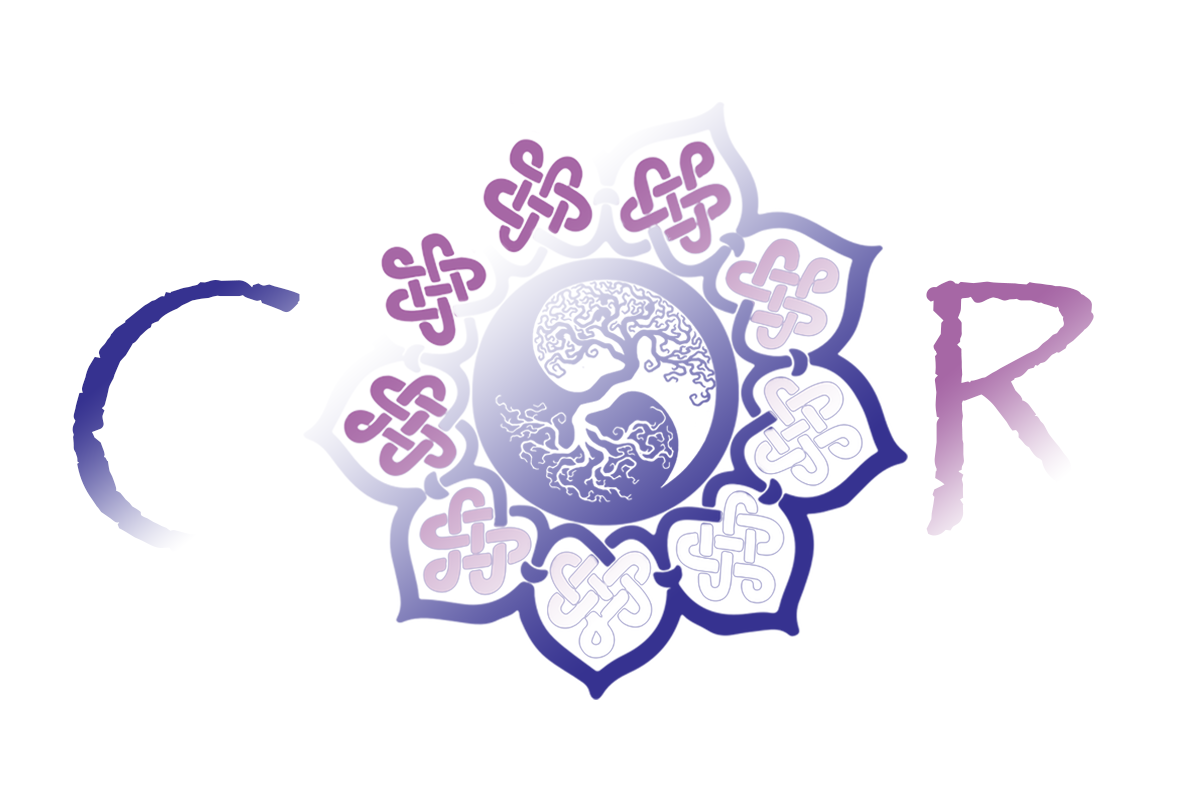The symbol of the Endless Knot is an ancient one, and it probably originates from a symbology related to Naga. Nagas are beings that are living in different locations that range from waterways and underground locations to unseen realms.
Nagas are powerful beings that have their perceptions and also vary in the levels of enlightenment, just like human beings. Additionally, some of them are the protectors of Dharma.
In Hindu mythology, these beings are benevolent and malevolent—demons and gods. They represent the unconscious mind of humans, consisting of two different parts: base consciousness and higher self.
In addition, the serpents are the symbol of rebirth and renewal because of their skin’s systematic shedding. Serpents can also be found in some ancient cultures in which they represent the time cycles.
The meaning of the Endless Knot in Tibetan Buddhism
Here, it is the symbol of promise, which symbolizes the unity that is between infinite wisdom and compassion, with a beginning or an end. This symbol is also present in Chinese art, utilized in the Chinese knots.
Moreover, this symbol represents Samsara, the endless cycle of birth, death, and rebirth, the karmic cycle that continues eternally unless there is whole spiritual liberation. As this symbol is without beginning and end, it also represents Buddha’s wisdom.
Another probable interpretation is related to opposing forces’ interaction in a dualistic manifestation world, which leads to the union of those forces and to harmony throughout the whole creation.
The meaning of the Eternal Knot in the Celtic art
The Buddhist symbol bears a remarkable resemblance to the knots of various ancient traditions and cultures, particularly the Celtic Knot of the ancient Celts. This Celtic symbol, which is called a mystic knot as well, represents the uninterrupted cycle of life. Such symbols started appearing in the art of the Celts during the fifth century.
The Eight Auspicious Symbols
The Endless Knot symbol forms part of the Eight Auspicious Symbols. The rest of the symbols are the following:
Treasure Vase
The meaning of this symbol has been connected with some ideas of the storage and satisfaction of the material aspirations. According to the sayings of Shakyamuni Buddha, the origins of suffering are attached to the desire, and in order to end that suffering, sentient beings have to stop caring about such attachments.
Dharma Wheel
In the religion of Buddhists, this symbol belongs among the most significant ones because it is a representation of Shakyamuni Buddha’s teachings. This wheel is comprised of three main parts, which are the hub, the rim, and the spokes.
Victory Banner
The Victory Banner symbolizes the victory of the teaching of Gautama Buddha over death, ignorance, suffering, disharmony, and every negative thing in the world.
Lotus Flower
This flower is actually similar to the ways people rise up proudly from all those sufferings in order to reach their spiritual enlightenment, beauty, and clarity. The mud that nourishes the lotus flower’s roots is the symbol of the messy lives of humans.
Golden Fish
This symbol in Buddhism represents happiness, as fish are entirely free in their water habitats. Moreover, the fish is the symbol of fertility and plentitude. Two fish in Hinduism represent the Ganges and the Yamuna rivers.
Parasol
The Parasol symbolizes the notions of wealth or royalty, and people were supposed to be financially quite rich in order to possess this item. It even represents how people enjoy themselves during feasts. The dome indicates wisdom and compassion, two things that are fundamental in the tradition of Buddhists.
Conch Shell
This symbol in Buddhism represents the profound and joyful sound of all those teachings of Dharma. Moreover, it is emblematic of the excellent spiritual power, while its vibrations are said to protect people from the evil spirits.
If our work has made a positive impact on your life, we kindly ask for your support so we can continue our work. Thank you!
Now, you can follow Conscious Reminder on Facebook & Instagram!
∼If you like our article, give Conscious Reminder a thumbs up, and help us spread LOVE & LIGHT!∼
